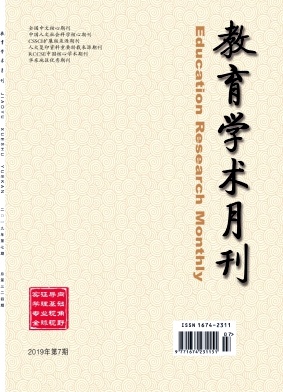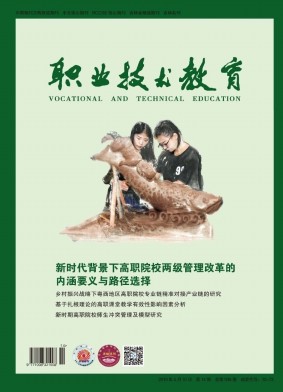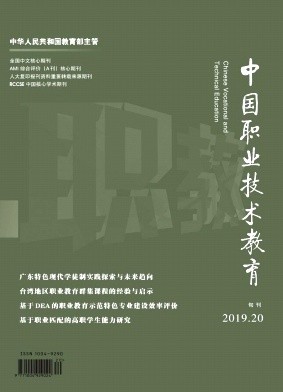摘要 儿童营养健康状况是影响其一生发展的重要因素,而我国贫困地区农村儿童营养健康状况却不容乐观。中国于2014年启动国家贫困地区儿童发展规划,为集中连片特殊困难地区的农村儿童提供营养健康、医疗卫生保健、适龄教育等方面的保障。借助国家贫困地区儿童发展规划这一准自然实验,基于2010年、2012年、2014年、2016年和2018年五期中国家庭追踪调查(CFPS)数据,利用双重差分方法(DID)评估政策实施对儿童营养健康发展的影响,并据此探究其中的影响渠道。结果发现,政策实施显著提高了儿童的年龄别身高Z评分,并且通过加强新生儿出生健康、降低儿童患病风险、保障儿童教育等重要途径发挥作用。生长快速期的女孩、留守儿童、母亲学历较高的儿童对政策反应更为敏感,营养健康改善效果更加显著。 The nutritional and health status of children is an important factor affecting their life-long development.However,the nutritional and health status of rural children in poor areas in China is not optimistic.In 2014,China launched the National Child Development Plan in poor areas to provide nutrition and health,medical and health care,school-age education and other guarantees for rural children in contiguous areas with special difficulties.This article draws on the quasi-natural experiment of the National Child Development Plan in poor areas,based on the data of the China Family Panel Studies data in 2010,2012,2014,2016 and 2018,and uses the Differences-in-Differences model to evaluate the impact of policy implementation on children’s nutrition and health development,exploring the influencing channels accordingly.The results showed that the implementation of the policy significantly improved the Height for Age Zscore of children.The influence channels include strengthening the birth health of newborns,reducing the risk of children suffering from diseases,and ensuring children’s education.Girls in the fast-growing period,left-behind children,and children with mothers with higher education are more sensitive to policy responses,meanwhile,the effect of improving nutrition and health is more significant.
机构地区 四川大学经济学院
出处 《人口与经济》 北大核心 2021年第3期80-93,共14页 Population & Economics
基金 国家自然科学基金面上项目“老年人医疗保障、医疗支出与储蓄问题研究”(71773080)。
关键词 贫困地区 农村儿童 营养健康 双重差分方法 poor areas rural children nutrition and health Differences-in-Differences Model
分类号 C913.5 [经济管理]




